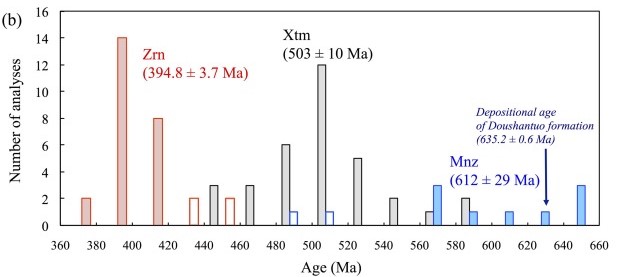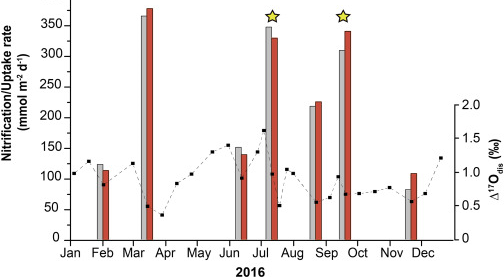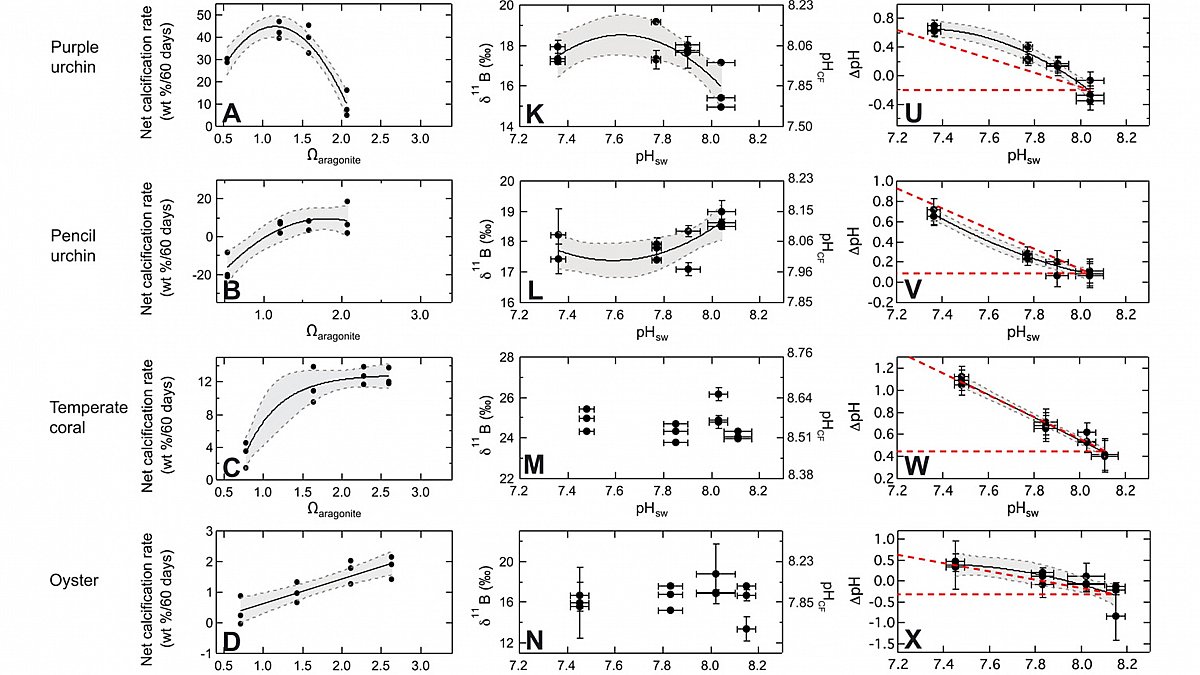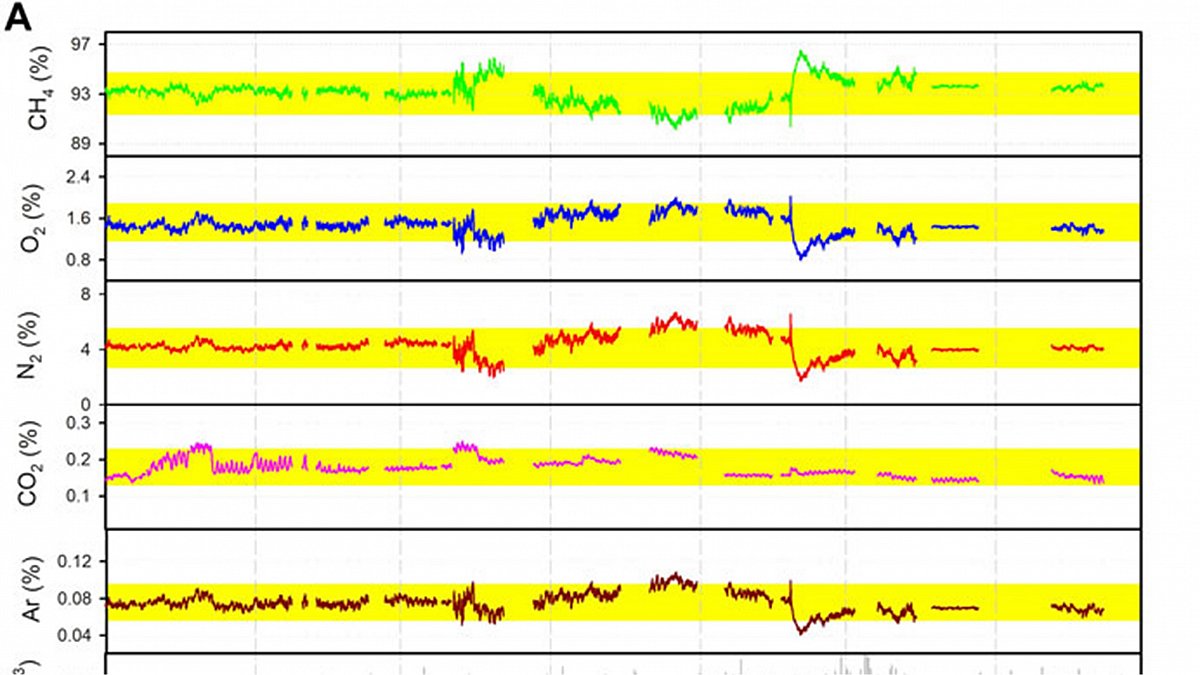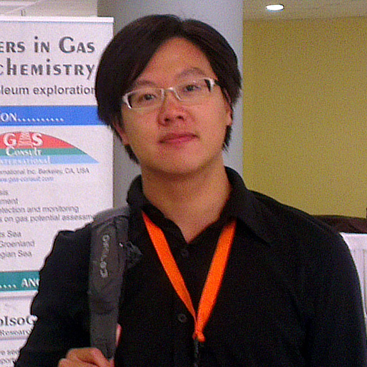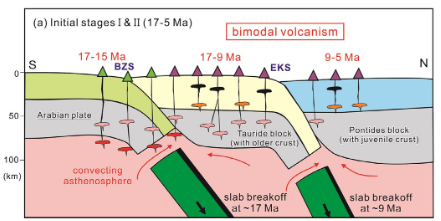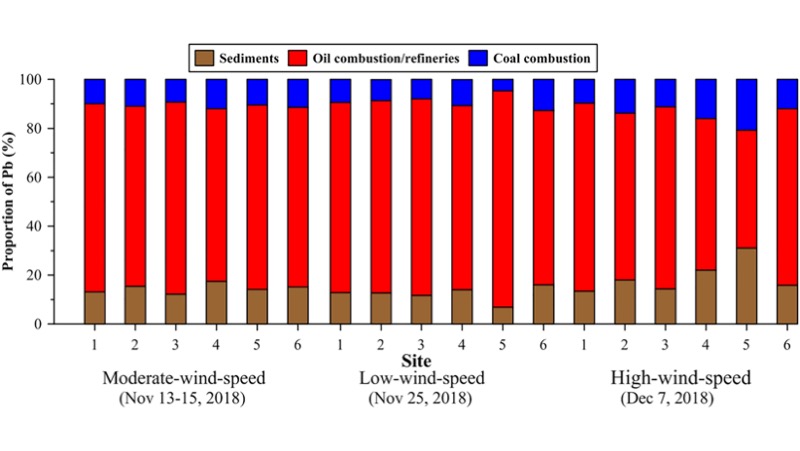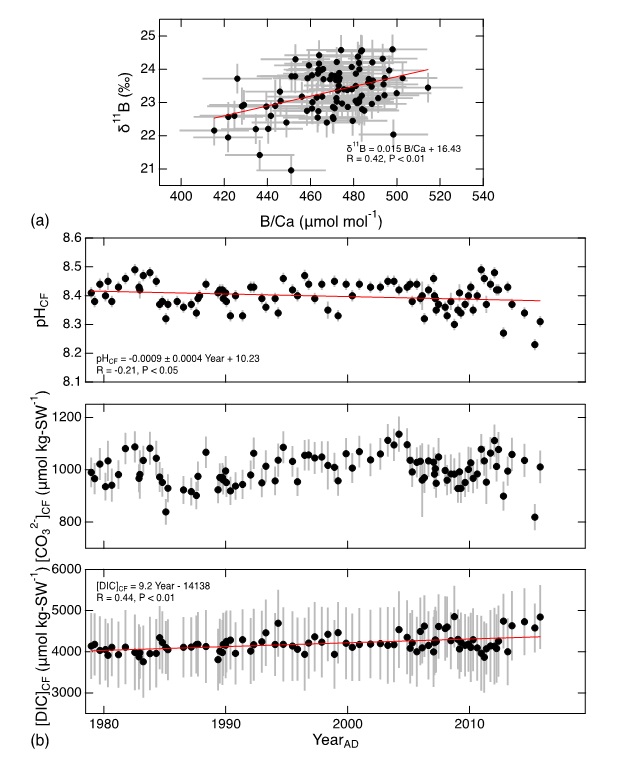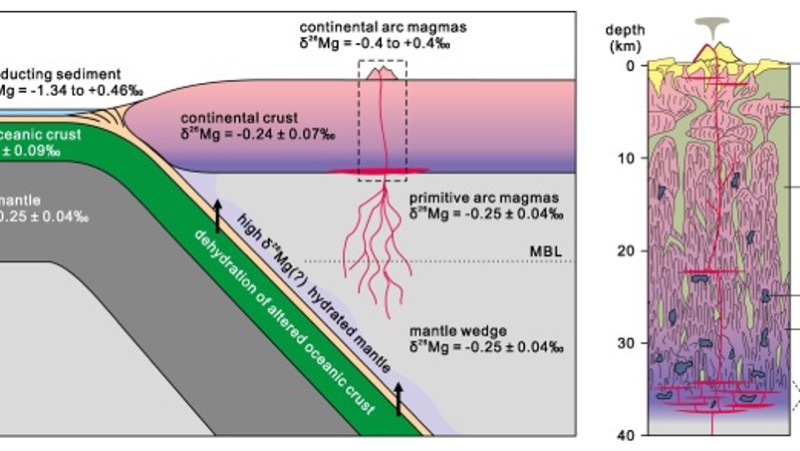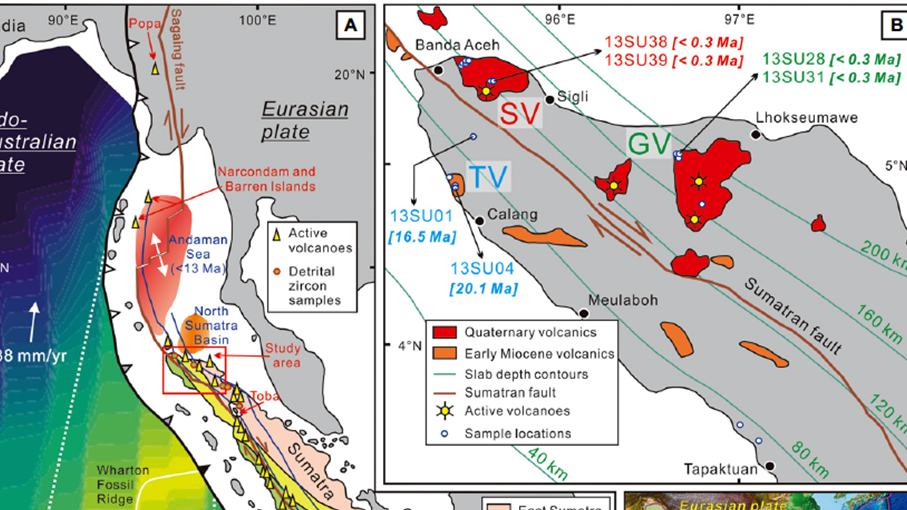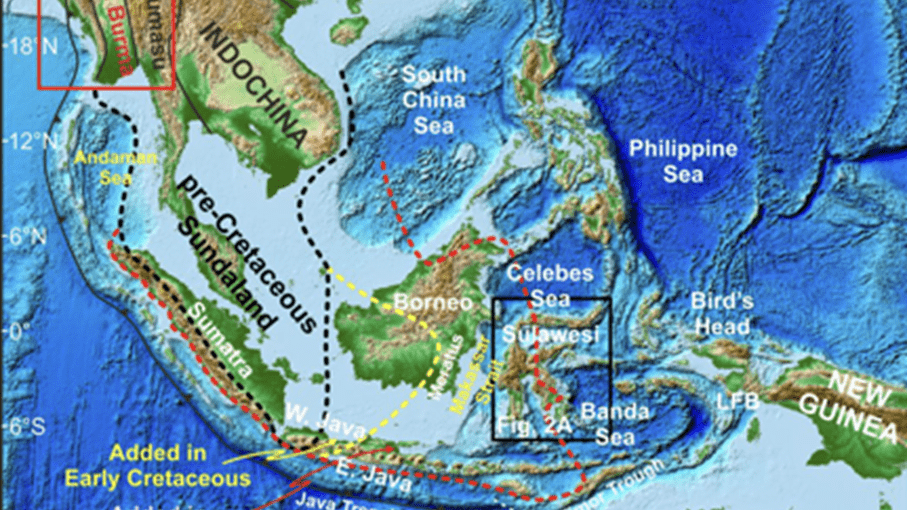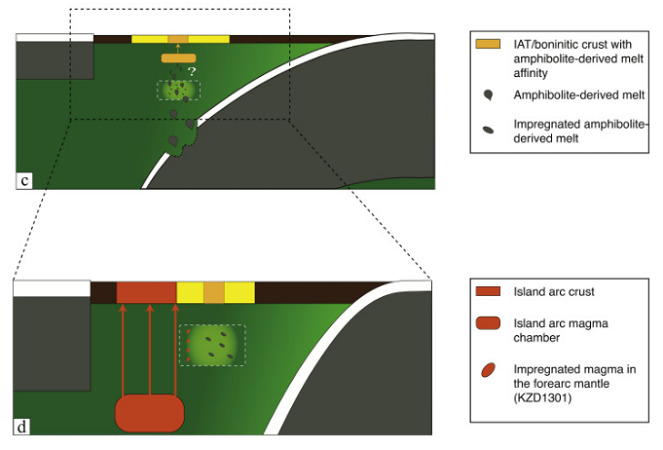Research Fellows/Professors︰Sun-Lin Chung、Der-Chuen Lee、Kuo-Lung Wang、Mao-Chang Liang、Kuo-Fang Huang、Kwan-Nang Pang、Ching-Chou Fu、Yi-Wei Liu
Research Scientists︰Yoshiyuki Iizuka、Hao-Yang Lee
The institute has state-of-the-art geochemical facilities including but not limited to a nanoscale secondary ion mass spectrometer, thermal ionization mass spectrometers, multi-collector inductively coupled plasma – mass spectrometers, quadrupole inductively coupled plasma – mass spectrometers, gas source mass spectrometers, isotope ratio mass spectrometers, laser absorption spectrometers, X-ray fluorescence analyzers, and electron probe micro-analyzers. With these instruments, the concentration and isotopic composition for certain elements in a wide variety of solid, liquid and gaseous samples can be accurately and precisely measured. Our researchers have employed short-lived radionuclides and high-precision isotopic geochemistry to study the origin and early evolution of the solar system. The institute has developed analytical methods for geochronology and geochemistry of igneous rocks that are powerful tools in research related to orogeny. These methods have also been applied to a variety of igneous, metamorphic and mantle rocks in Taiwan and overseas for comparative research.
The institute has also developed analytical methods for triple oxygen isotopes and clumped isotopes that, when combined with marine geochemistry and biogeochemistry, contribute to the reconstruction of paleoclimate and paleoenvironment. Recently, tackling regional and global biogeochemical cycles of greenhouse gases such as carbon dioxide has become a focus of the Institute. Our researchers also involved in monitoring volcanic and seismic hazards using fluid geochemistry; for example, soil radon and carbon dioxide have been used to trace fault and seismic activity. Topics related to archaeological sciences include jade, bronze objects, coins and glass beads unearthed in East and Southeast Asia. To be able to obtain key samples and acquire high-quality data out of them are very important in geochemistry research. Our researchers actively seek international collaboration in doing so and undertake fieldwork to collect samples suitable for the research topics listed above.
